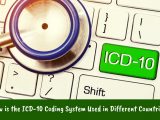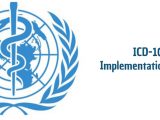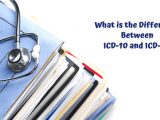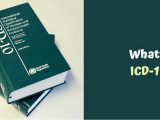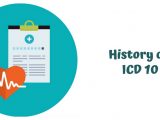Adopted HIPAA Transaction and Code Set Standards
Health Insurance Portability and Accountability Act (HIPAA) required United States Department of Health and Human Services (HHS) to establish national standards for electronic transactions to increase the effectiveness of the nation’s health care system, improve the accuracy of information, and bring down the overall costs to the system.
These transactions include:
- Claims status;
- Eligibility;
- Claims and encounter information;
- Payment and remittance advice;
- Enrollment and disenrollment;
- Premium payment;
- Referrals and authorizations;
- Coordination of benefits.
A transaction is an electronic exchange of information between two parties to perform financial or administrative activities that refer to health care. For example, a physician will send a claim to a health plan to request payment for medical services provided.
Version 5010 HIPAA ASC X12 is a set of standards that controls the electronic transmission of certain healthcare transactions, including claim status, eligibility, referrals, and claims. Physicians are required to act in accordance with the new transaction set standards.
The goal of the HIPAA transactions and code set standards is to make the processes easier and lower the costs associated with the payment for medical services.
When the regulations come into force in October 2002, regular formats and code sets will take the place of any payer-specific or location-specific formats or requirements.
Identifier standards require unique identifiers – A Health Plan Identifier (HPID), Employer Identification Number (EIN), or National Provider Identifier (NIP).
The HIPAA Administrative Simplification Regulations apply to all HIPAA-covered entities: healthcare providers, health plans, healthcare clearinghouses, and business associates of covered entities, not only entities that work with insurances such as Medicare or Medicaid.
